
What is PCB membrane switch?
What is PCB membrane switch?
Membrane switch is a thin PET sheet with contacts, often be used as a switch in PCB, FPC and other circuit boards, and plays an important role in the touch switch between the user and the control device. The contact on the film key is located on the conductive part of the PCB board (mostly located above the gold finger on the circuit board), when the key is pressed by external force, the center point of the contact is concave and contacts the circuit on the PCB, thus forming a loop, the current passes through, and the whole product can work normally.
Membrane switch is usually composed by “buttons + PET film”, so the click feeling, characteristics and tactile feeling depend on the design of the membrane switch. In considerate to the reliability of switch contact separation and rebound, the thickness of the PET film is generally selected at 0.125-0.2mm. If it is too thin and weak, and the contact separation is not sensitive. Too thick slow response to increase the operation force.
What are PCB circuit board Membrane Switches?
PCB always refers to FR4 PCB. FR-4, is a widely acceptable international grade destination for fiberglass reinforced epoxy laminated that are flame retardant (self-extinguishing). After add copper layer on one or each side FR4, it become to Copper Clad Laminate (CCL), and this is the non-conductive core material for normal printed circuit board (PCB). Printed circuit board using FR4 as core material will be named as “FR4 PCB”.
The PCB membrane switch utilizes a PCB as the main structure and support substrate, with the membrane switch on the front of the PCB, and some other components on the backside of the PCB.

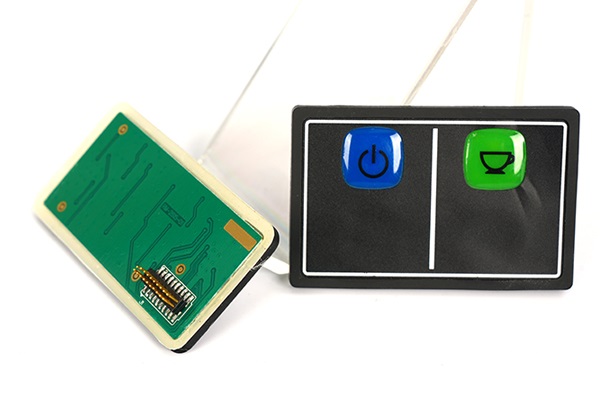
Membrane switch is a thin PET sheet with contacts, often be used as a switch in PCB, FPC and other circuit boards, and plays an important role in the touch switch between the user and the control device. The contact on the film key is located on the conductive part of the PCB board (mostly ...
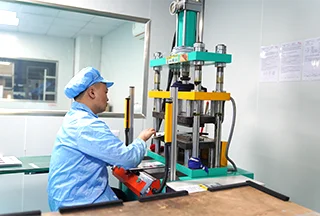
A membrane switch gives a visually pleasing human-machine interface that is easy to use, low profile, and electronically stable. They are well known to stand up to harsh conditions. Flex circuitry is resilient and can be used in many different environments. Once you know what the end use will be for the flex circuit, the ...
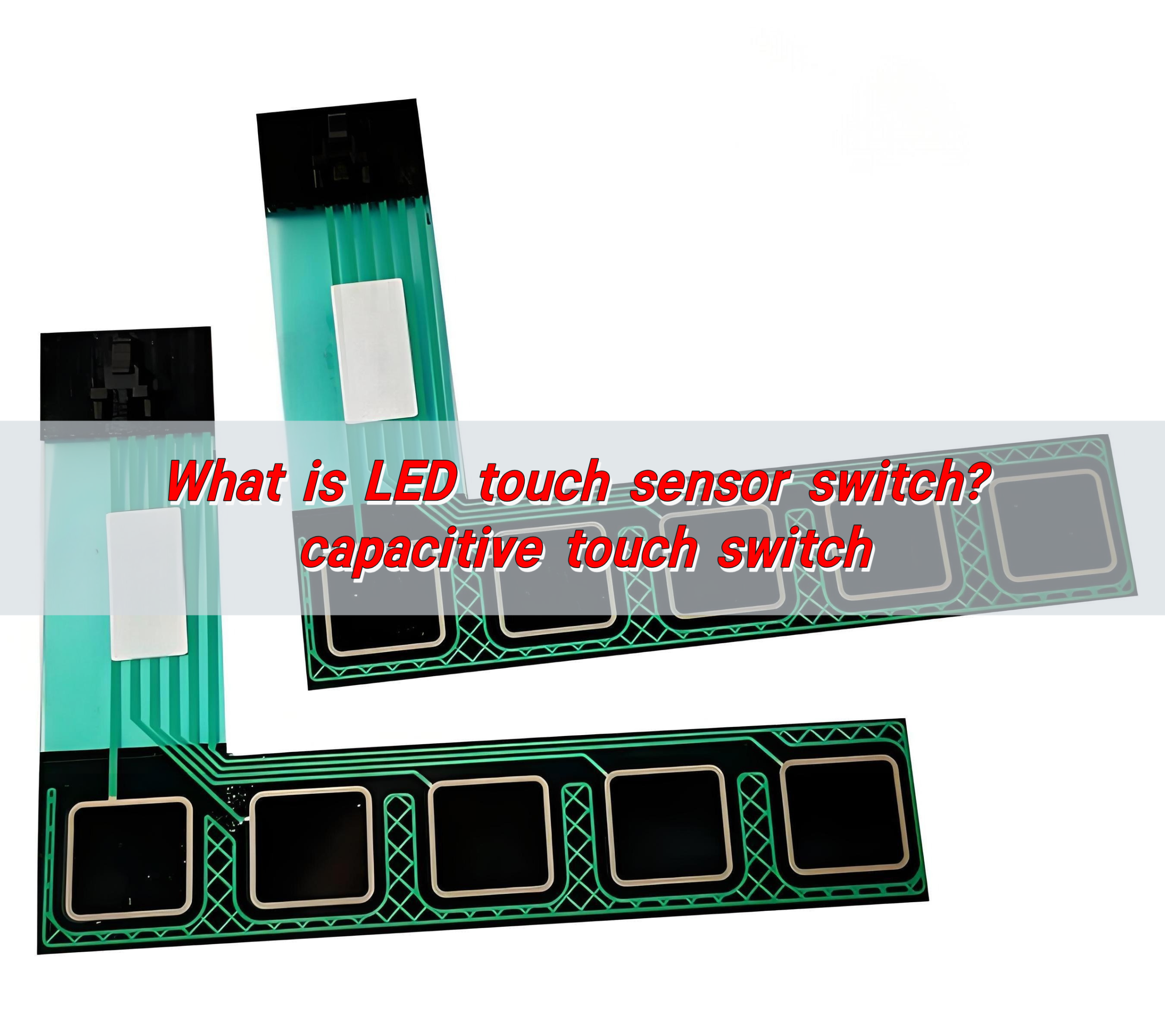
What is LED touch sensor switch? capacitive touch switch
The LED touch sensor switch is an electronic component that combines an LED light and a touch sensor. It controls the on and off of the LED light by touching it, achieving energy-saving and convenient lighting control. It uses capacitive sensing technology to detect human proximity or touch, thereby controlling the on and off of ...
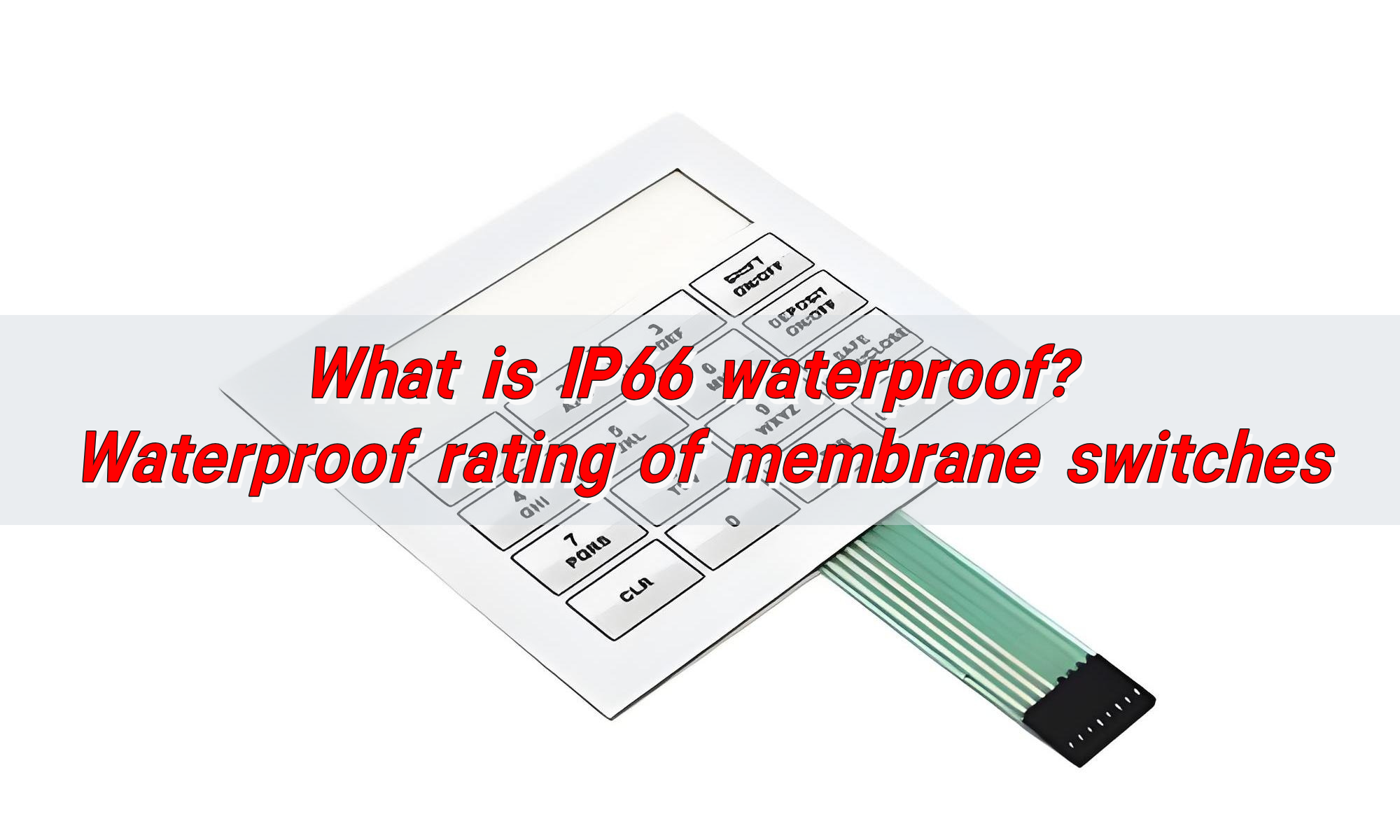
What is IP66 Waterproof? Waterproof Rating of Membrane Switches
The IP66 waterproof rating means that the device is completely protected from dust ingress and can withstand strong water jets. The waterproof rating of membrane switches can usually reach IP67, which is achieved through special processes and materials to ensure its reliability in humid or rainy environments. This performance makes membrane switches suitable for scenes ...
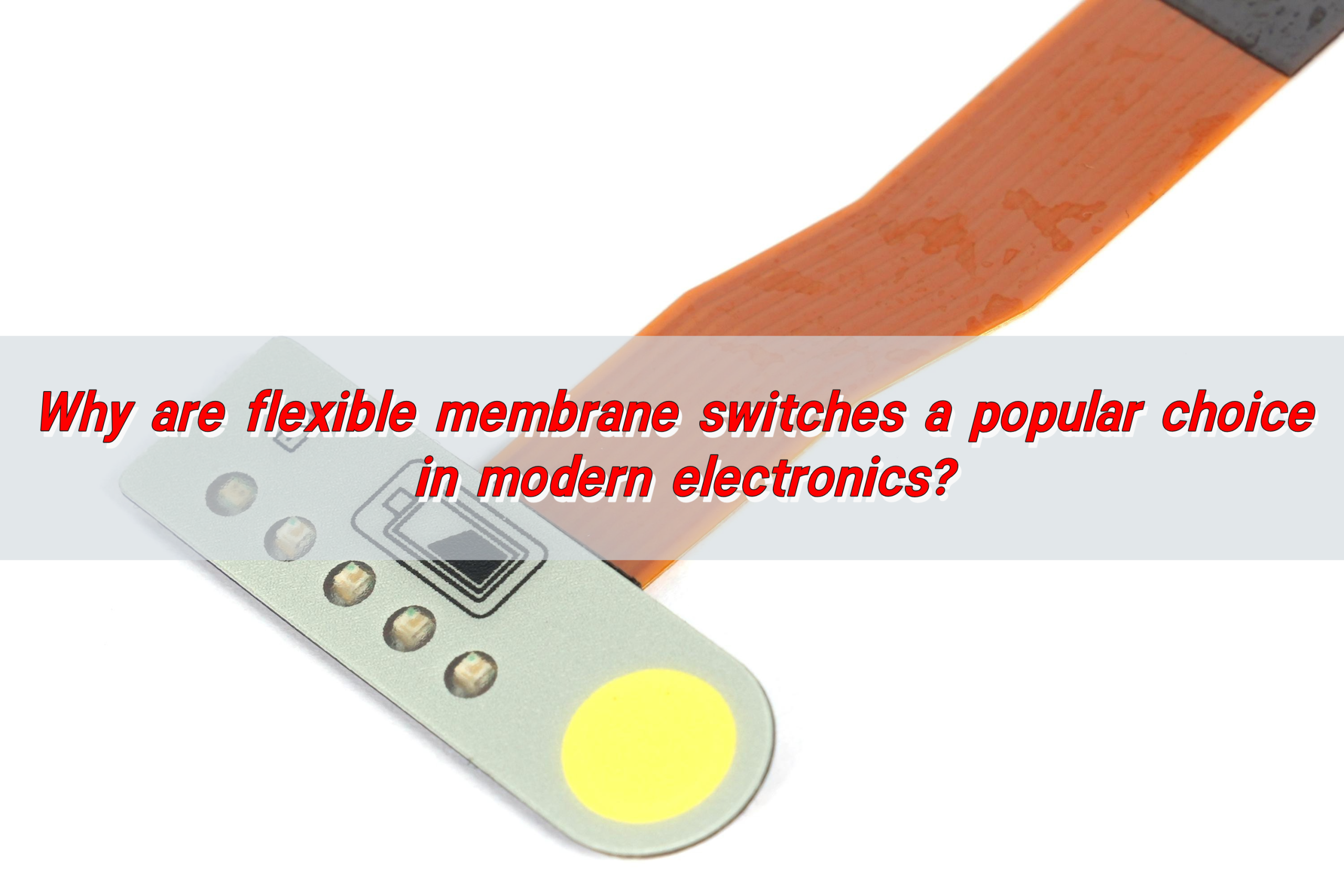
Why are flexible membrane switches a popular choice in modern electronics?
Flexible membrane switches are popular in modern electronic products due to their flexibility, thinness and economy. They not only adapt to complex curved surfaces and achieve flexible design, but also have environmental adaptability such as waterproof and dustproof. In addition, they support multi-function integration, such as LED indicators and sound feedback, to enhance user experience. ...
Contact us online